Professional display review ranks the Samsung Galaxy Tab 10.1 screen at the top of popular tablets

Using stuff like "narrow collimated pencil beam of light" to measure such simple things as screen reflection, up to photometers and measurement of chromacity coordinates for the white-point color temperature, DisplayMate comes to a pretty accurate picture of what each display is capable of. For example, all of the examined five tablets had a narrow color gamut, ranging from 55 to 64% of the standard one, with the best coverage exhibited from Samsung's tablet.
Good Images Photos and Videos have too little color and too much contrast
Small Color Shifts with Viewing Angle | Subdued Images Photos and Videos have too little color and too little contrast
Large Color Shifts with Viewing Angle | Good Images Photos and Videos have too little color and good contrast
Small Color Shifts with Viewing Angle | Subdued Images Photos and Videos have too little color and good contrast
Large Color Shifts with Viewing Angle | Good Images Photos and Videos have too much color and too much contrast
Small Color Shifts with Viewing Angle | The Viewing Tests examined the accuracy of photographic images by comparing the displays to a calibrated studio monitor and HDTV.
In side-by-side visual comparisons viewers rated the iPad 2 and Galaxy Tab the Best overall, the Asus Transformer “Very Good” the Acer Iconia well below the above, and the Motorola Xoom the “Worst.” |
Excellent Tablet Display For Current Generation | Mediocre Display The Most Expensive | Very Good Display The Least Expensive | Fair Display | Excellent Tablet Display For Current Generation | The iPad 2 and Galaxy Tab had the best displays overall. The Asus Transformer and Acer Iconia were in the middle. The Motorola Xoom was the poorest display. |
2 A– | 5 C | 3 B+ | 4 B– | 1 A– | The Samsung Galaxy Tab scored slightly ahead of the iPad 2 in the test categories. |
| Apple iPad 2 | Motorola Xoom | Asus Eee Pad Transformer | Acer Iconia Tab A500 | Samsung Galaxy Tab 10.1 |
Dr Raymond Soneira from DisplayMate also lists some interesting observations regarding the screens, like: "all of these Tablets have an unsatisfactory Ambient Light Sensor and Automatic Brightness Control, which wastes battery power and causes eye strain". He also goes on to explain that while the iPad 2 has a 9.7" screen, whereas the others are 10-inchers, the Android tablets actually have 5% less real size at your disposal, due to the 4:3 aspect ratio of Apple's tablet, and the fact that the Android system bar occupies 48 pixels.
On the other hand, the 16:9 aspect ratio of Android tablets makes them ideal for watching movies, whereas the iPad 2 in portrait orientation comes very close to the aspect ratio of a regular A4 sheet of paper, making it more comfortable for reading content. As a downside of all the Android tablets, except the Samsung Galaxy Tab 10.1, Dr Soneira points out that in Android 3.1 the manufacturers continue to have 16-bit color in the photo gallery, processed to 24-bit, but with poor dithering.
Head on to the source link if you want to read the full point-by-point comparison and recommendation table in this first professional tablet screen comparison.
source: DisplayMate






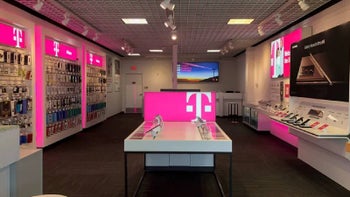
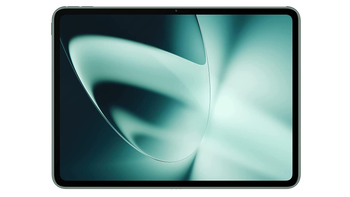
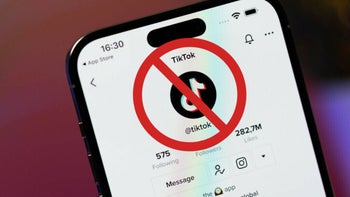

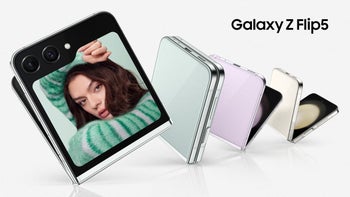

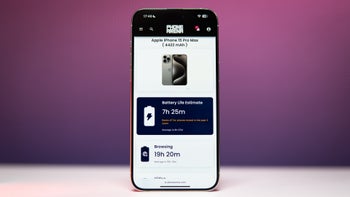
Things that are NOT allowed: